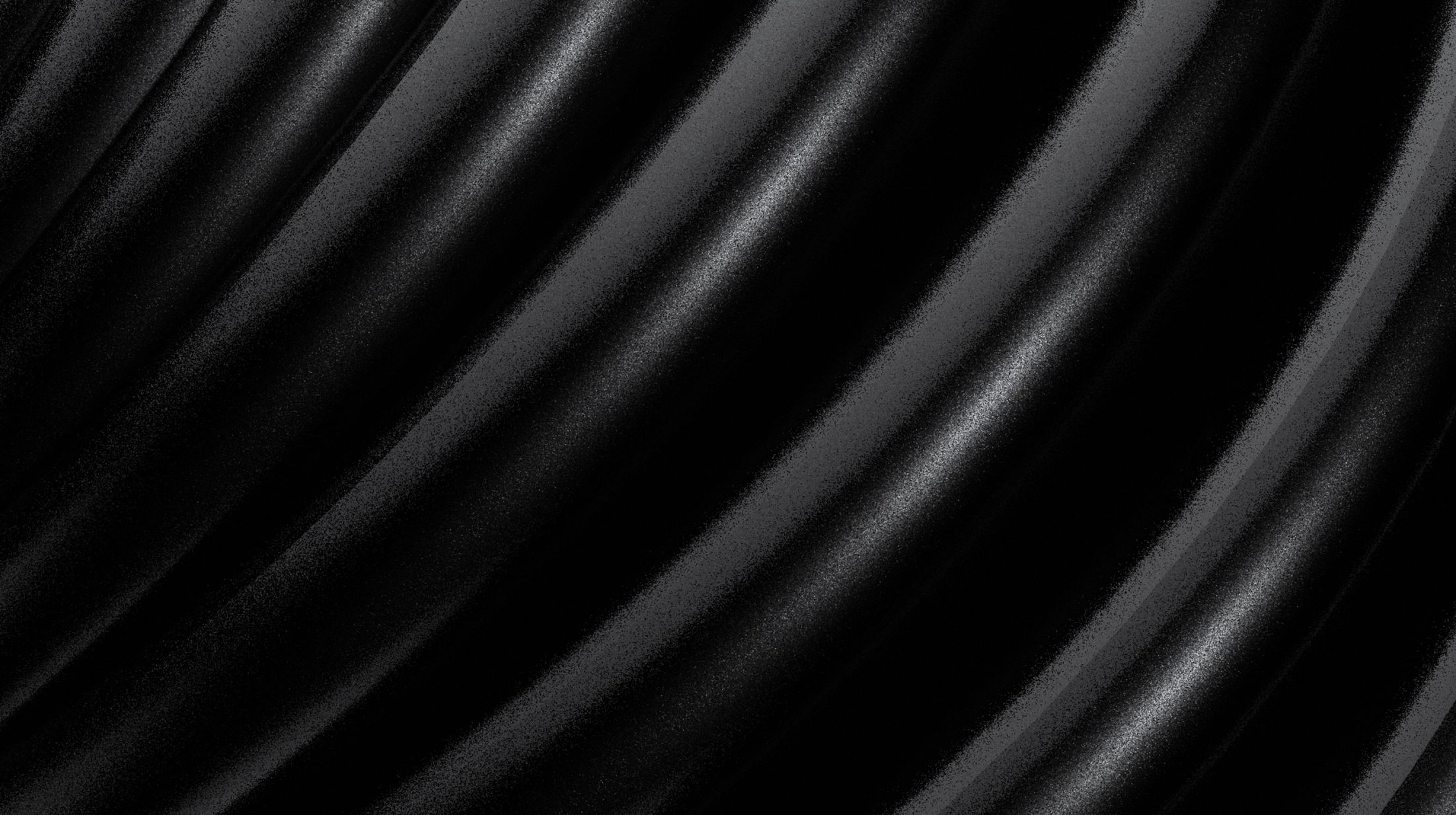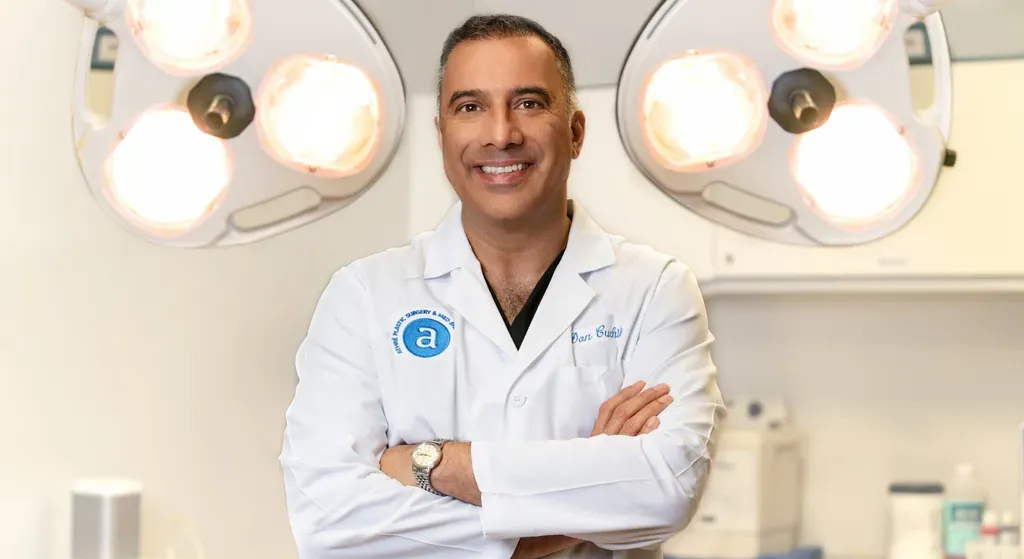
While aging is inevitable, most of us aren't too excited about looking older. I'm sure many of us would love to hold onto the fresh complexion and firm facial contours of our youth for the rest of our lives, but that simply can't happen. It's a fact—skin ages and begins to wrinkle and sag.
So what exactly are wrinkles, and how do we prevent them? If we can already see these fine lines on our faces, is there a way to reduce their appearance? In this guide, we'll answer these questions and more.
What Are Wrinkles?
Wrinkles are mature, fully developed fine lines. These creases in your skin are visible to the naked eye, and not necessarily only up close. Wrinkles are commonly found on the forehead, between the eyebrows, next to the eyes and beside the mouth and neck.
[Related: Benefits of Microdermabrasion for Aging Skin]
What's the Difference Between Fine Lines and Wrinkles?
Is there a difference between “fine lines” and “wrinkles,” or are the two synonymous? The answer might depend on who you ask.
Those discovering the first little fine lines on their skin typically call them wrinkles. Those with a lot of wrinkles would most likely prefer to think of them as “laugh lines,” or fine lines.
Fine lines form on the fleshier parts of our faces, such as the cheeks. They're those tiny lines that aren't really deep enough to cast shadows and aren't very visible except up close. Fine lines aren't “grooves” in the way that wrinkles are.
These lines are the first sign of aging (or damaged) skin. They can begin forming long before the first full-grown wrinkle appears.
What Causes Wrinkles?
People say fine lines are those expression lines that laughing and frowning cause. Some say repeated facial expressions cause them. You might also hear that those movements are the very same things that cause (or at least worsen) wrinkles.
[Related: How to Take Care of Your Skin Post-Facial]
Aging
In reality, aging is the number one cause of both fine lines and wrinkles, but overexposure and unprotected exposure to sunlight run a close second. At about the age of 30, most people begin to notice very fine lines around their eyes or mouths. These aren't deep wrinkles yet — they're just tiny little surface lines.
Dry Skin
Our youthful glow doesn't disappear overnight. It fades slowly. It fades so slowly that it's hardly noticeable from year to year.
We often call the changes that take place in the skin between the ages of 20 and 30 “maturing.” But in fact, these changes are a lessening of the skin's ability to retain water. The skin begins to dry, and dry skin wrinkles!
Free Radicals
As the years slip by, the subcutaneous (the third layer of skin) also begins to lose fat cells. The dermis (the second layer of skin) begins to lose elastin and collagen. The epidermis (the first or outer layer of skin) becomes drier and thinner.
Molecules called “free radicals” contribute to this loss of collagen in our skin and can cause wrinkles. Ultraviolet (UV) rays in sunlight, cigarette smoke and pollution abound with free radicals.
The more free radicals we can avoid, the longer we can delay the onset of wrinkles. That's not to say avoiding free radicals altogether is advisable or even possible, but avoiding as many as we can helps.
Wrinkles develop. By the age of 40, those fine lines at age 30 have “matured” into full-fledged wrinkles.
Repeated Exposure to Sun
As time continues to pass, and we repeatedly expose our skin to sunlight and make facial expressions, the subcutaneous, dermis and epidermis continue to lose fat cells, elastin and collagen.
The wrinkles become deeper and more firmly etched into the skin.
How to Prevent and Reduce the Appearance of Wrinkles
Use Sunscreen
One of the most important actions you can take to prevent and reduce the appearance of wrinkles is to wear sunscreen. Harmful UV rays can reduce your skin's elastin and collagen, which enhances the appearance of fine lines and wrinkles.
Sun exposure can also dry out your skin. Make sure sunscreen is part of your everyday makeup or skin care routine. Apply sunscreen even during the winter and when the sky is overcast to protect the sensitive skin on your face.
Eat Foods With Antioxidants to Prevent Wrinkles
Foods high in antioxidants can help prevent and reduce wrinkles if we can include them in our diets. Antioxidants help counteract the damage free radicals cause, such as the loss of collagen, elasticity and firmness of the skin that forms wrinkles.
[Related: What to Know About Collagen]
Tomato
Think tomato! Tomatoes have the advantage of being high in both antioxidants and lycopene.
Foods With Lycopene
Research has proven lycopene is effective in the prevention of some cancers. Red peppers are high in antioxidants as well as in vitamins A and E and bioflavonoids, which are known to help moisturize and heal the skin. All red and dark orange-colored vegetables like beets and carrots are great wrinkle fighters.
Kale
Kale is rich in antioxidants, and it's an excellent source of iron. Iron is good — it helps bring blood to the skin. Kale is also rich in vitamin A, which helps prevent premature skin aging.
Blueberries
Blueberries are not only delicious but also very high in antioxidants.
Salmon
Salmon is also beneficial. It's high in omega-3 fatty acids, which fight inflammation and are a great skin moisturizer.
Use Creams With These Ingredients to Prevent Wrinkles
While strolling down the skin products aisle of any drug store or discount department store, you'll find hundreds or even thousands of skin care lotions, ointments and creams that promise to reduce the appearance of wrinkles instantly and painlessly. Some even promise to prevent wrinkling entirely.
[Related: Is Your Skin Care As Pure As It Can Be?]
All high-quality over-the-counter anti-wrinkle creams, ointments, lotions and other products contain one or more of these ingredients.
Retinol
Retinol, a vitamin A compound, was the first antioxidant to be widely used in nonprescription formulas.
Hydroxy Acids
Hydroxy acids are synthetic versions of fruit acids. They are defoliants that remove dead skin and encourage the body to produce new skin.
Coenzyme Q10
Coenzyme Q10 is a nutrient that promotes energy production in cells.
Copper Peptides
An element that is present in every cell of the body is copper. This element is combined with proteins called peptides, and this combination is what is sometimes in skin care products.
Kinetin
Kinetin factors into plant growth and is supposed to help the skin retain moisture.
Tea Extracts
Extracts from green, black and oolong teas contain antioxidant and anti-inflammatory properties.
How well any over-the-counter skin ointment, lotion or cream for wrinkles works depends on the quantity of the aforementioned ingredients contained in the product.
Products that contain large quantities of these ingredients might improve the skin if you use them often enough and long enough.
[Related: Best Facial Treatments for Aging Skin]
Get Enough Sleep
You've heard the adage “get your beauty sleep,” and it turns out there's really such a thing!
When you get more quality sleep, your skin has more time to produce new collagen and elastin. Getting the recommended amount of rest each night (seven to nine hours, according to the Sleep Foundation) can help your skin retain its youthful glow and plump, wrinkle-free complexion.
Treat Yourself to a Facelift
Facelift procedures can provide lasting results if you're looking to essentially eliminate wrinkles. These procedures tighten the skin and restore a natural, rejuvenated appearance around the face. After a facelift, patients find their fine lines and wrinkles are noticeably reduced, and their skin appears younger and refreshed.
[Related: How to Treat Scars]
Contact Athré Facial Plastics Today!
Most of us don't want either fine lines or wrinkles, but the truth is that if we live long enough, we're going to have both.
Athré Facial Plastics offers patients the surgical as well as nonsurgical treatments they need to enhance their appearance with beautiful, natural-looking results. We also offer both in-office spa treatments and our own line of professional-grade products that you can use from the comfort of your home.
Dr. Athré is a double board-certified physician who can work with each patient to customize a treatment plan designed for their unique concerns about wrinkle reduction.
Contact us today, and let's get started.



